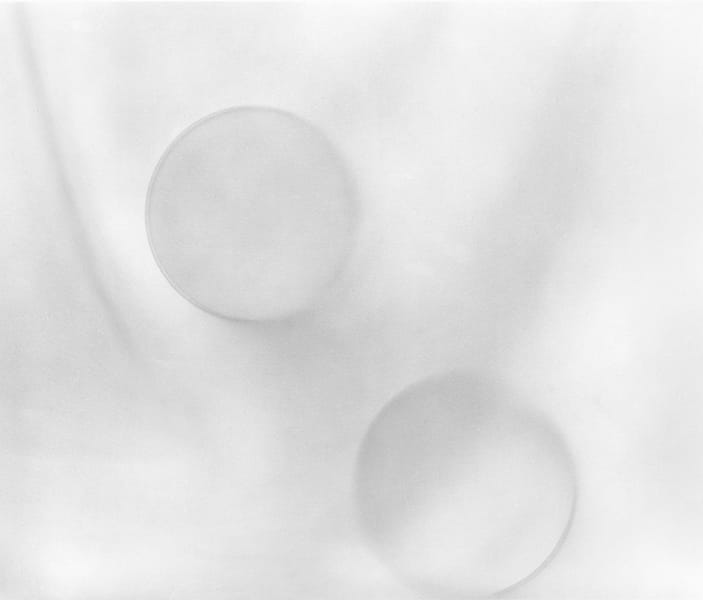Artist Q&A with Lynn Stern
Lynn Stern was born and raised in New York, where she continues to live. Stern works with black and white film and indirect, natural light; since 1985 she has been doing studio work, using a scrim of translucent white or black fabric. The Lynn Stern Archive is located at the Center for Creative Photography, Tucson.

Why did you become an artist?
I never considered it as a child. My father had a collection of abstract expressionist work that he began collecting in the late 40s through the early 60s, so I grew up with a lot of amazing work on the walls, and, though I wasn’t conscious of it at the time, I found it intimidating: it never occurred to me that I could become an artist – especially since I can’t draw! Then, in my early thirties I helped set up shots for architectural interiors – my first exposure to photography – and found that I loved composing through the lens. So, I started studying at ICP (the International Center of Photography) and quickly became hooked.
How is your work different than everything else out there?
What distinguishes my work as a photographer is that I think of the medium as one of light, not representation. For many years I have been working in my studio with diffused north light and a transparent white or black scrim, making whatever object is juxtaposed with it less literal rather than more so; my goal is to make visible a quality that is invisible – to transform the object from something seen that is valued for its striking outer aspects to something seen that is valued as the expression of something unseen, … Click here to read more














